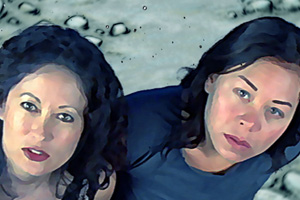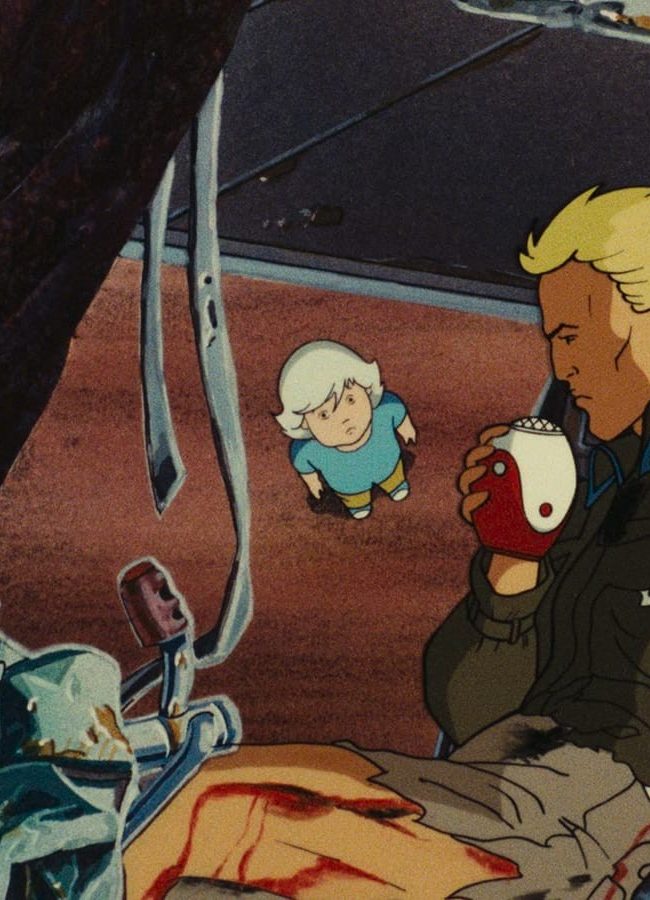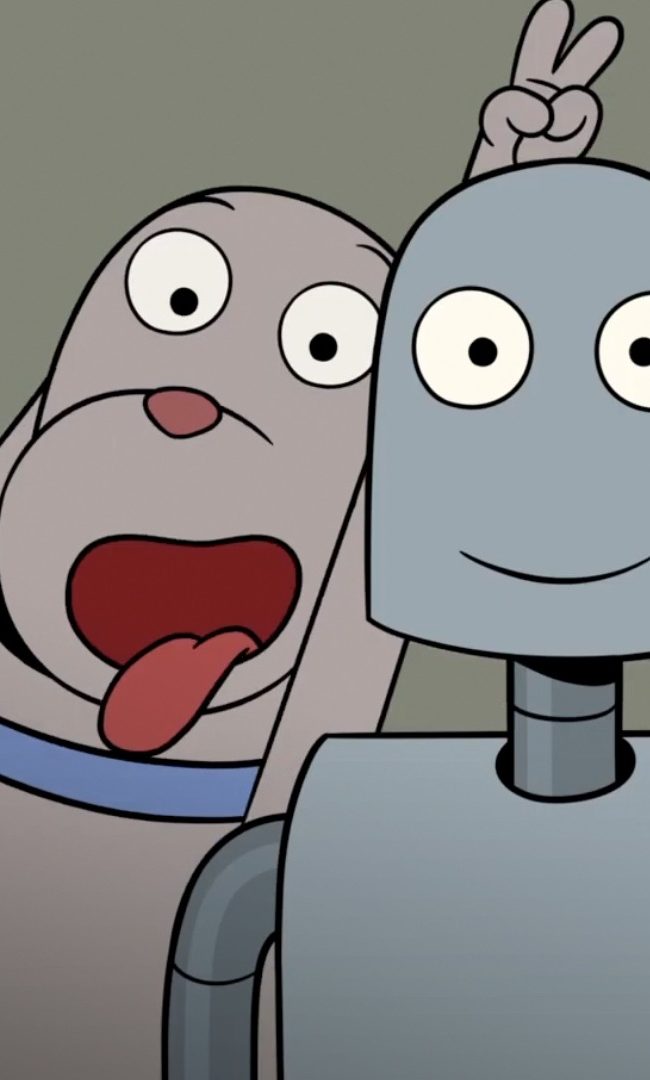(Half-Life is now available on DVD through Wolfe Video and Digital VOD through Warner Digital VOD. It’s also screening on Saturday, January 9, 2010, at the 92YTribeca at 7:30pm. Visit the film’s official website to learn more and watch the trailer.)
As I’ve written before, there are different types of cinematic ambition. Henry Poole is Here tells a commercial story, designed for a mass audience, in a manner that is visual and deeply respectful of its themes of death and faith. Because it does not attempt to mask its heavy themes behind snappy Juno-like dialogue or ironic comic plot twists, it is ambitious. There were also a few films at the 2008 Sundance Film Festival that were ambitious within the art house film market. Some of them worked better than others. For example, Anywhere USA was really funny and totally inventive and original in its staging, pacing and dramatic action. If it can trim around twenty minutes from its 125-minute length, it may become a great film. A few films like Time Crimes, Sleep Dealer and Reversion all dealt with the future and told stories that moved between alternative time lines, some with more success than others. My favorite film this Sundance, the one that works best for me and which I think displays the most directorial talent and ambition, is Half-Life by Jennifer Phang.
Essentially, in America, any film that attempts to break with the classical narrative tradition, the one established through the 19th Century novel, is ambitious. In the classical narrative tradition everything serves the story. The author’s hand remains unseen and the story unravels as a result of linear causality instigated by character goals, actions and reactions. In this tradition, any kind of hesitation or ambiguity is integrated into the story thrust as a suspense element. As soon as we start to engage the character’s and director’s subjectivity we are entering the land of the post-19th Century art film. Combine this with ambiguity and alienation for its own sake and the general recognition that reality is unknowable, and we then are working within a modern perspective. Though this is a standard description of 20th Century literary fiction, in film that perspective gets illustrated through spatial and temporal strategies. In the classical narrative film tradition, space exists only in relation to the character’s perspective, thus the use of the shot/reverse pattern. Once the camera starts to move without being motivated by a character we are empowering the author’s perspective; likewise, framing and editing that pushes our awareness of the world beyond the character’s perspective makes us aware of the hand of the director. A film that is told within multiple planes of narrative space, yet still maintains a consistent driving emotion is extremely rare. We often see an art film that may leap around in perspective, mostly for rhetorical or comic effect, but it is truly rare to be carried emotionally through a film that tells a multi-perspective story through a seamless integration of naturalistic action, animation and self consciously artificial CGI compositing. Half-Life exists on a whole other, higher level of cinematic ambition than any other film at Sundance this year. It is formally inventive, deeply personal and emotionally compelling, all on a tiny indie budget! This is ambitious indie filmmaking at its best!
 In the strange semi-apocalyptic world of Half-Life the sun is getting too hot and all of Asia has flooded, sending flocks of refugee packed Cessna planes into the skies of California. The story description from the guide says it best: “Single mom Saura Wu and her two kids, Pam and Timothy, struggle to rebuild their family in the presence of a sinister, but charming, interloper. Pam seeks refuge in her object of desire, a young hipster named Scott who, in turn, attempts to jar his fundamentalist parents out of their denial of his gay identity. Timothy, meanwhile, stumbles upon a way to develop and hone his paranormal powers that he summons to alter everyone’s reality.”
In the strange semi-apocalyptic world of Half-Life the sun is getting too hot and all of Asia has flooded, sending flocks of refugee packed Cessna planes into the skies of California. The story description from the guide says it best: “Single mom Saura Wu and her two kids, Pam and Timothy, struggle to rebuild their family in the presence of a sinister, but charming, interloper. Pam seeks refuge in her object of desire, a young hipster named Scott who, in turn, attempts to jar his fundamentalist parents out of their denial of his gay identity. Timothy, meanwhile, stumbles upon a way to develop and hone his paranormal powers that he summons to alter everyone’s reality.”
This plot description doesn’t even start to capture the film’s mood of apocalyptic, global warming induced dread, its adolescent sexual terror and the plot’s domestic parent/child tension. All of these emotional themes are conveyed through a narrative voice that morphs effortlessly between naturalistic action, TV-like children’s show animation and sci-fi CGI scenes. All the while, the director’s voice drives the theme’s emotional thrust through all of these multiple narrative planes without ever losing control of its story velocity and lyrical, moody tone (great use of music). What holds it all together is in part Phang’s fantastic graphic intuitiveness. Compositions of the characters sitting on a couch, or sitting on a grassy hill, seem to perfectly fit into the animated story of a fish monster emerging out of the sea and likewise the color palette of the naturalistic suburban home seems perfectly matched to the CGI news reports that show futuristic apocalyptic events.
The overall effect of the film is one of compelling alienation wrapped up in a sad tragic vision of a world that is slowly eroding. Throughout the film sanity and peace disintegrates as the characters quietly and heroically try to get a toe hold while the world crumbles around them. It is an extremely compelling, visual film and I can’t wait to see it again so that I may better understand the mysteries of its formal magic.
— Mike S. Ryan











